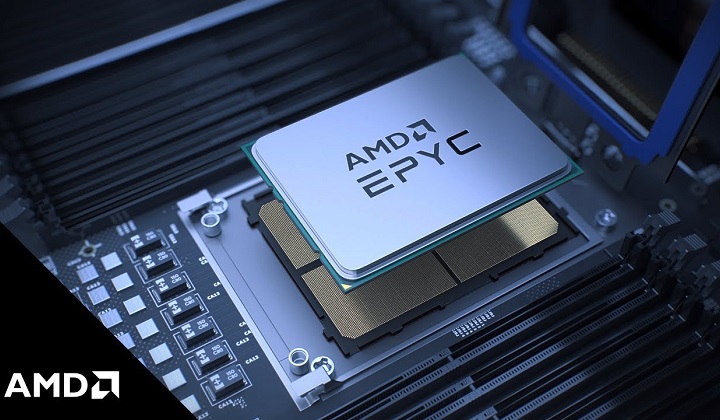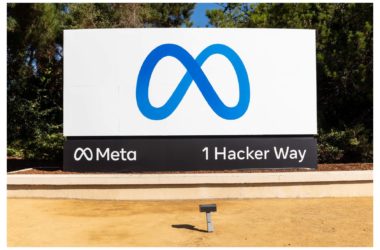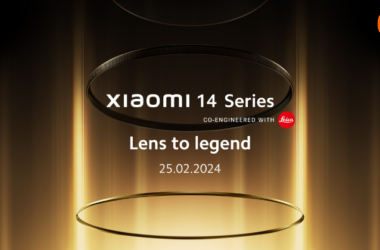AMD today announced that AMD EPYC processors will power the new C2D virtual machine offering from Google Cloud for high-performance (HPC) memory-bound workloads.
This announcement marks the third family of instances powered by 3rd Gen EPYC processors at Google Cloud, joining the T2D and N2D instances.
The C2D VMs will provide the largest VM sizes within the compute optimised family at Google Cloud. It can provide up to 30 percent better performance for targeted workloads compared to previous generation EPYC based VMs at a comparable size.
The use of AMD EPYC processors for HPC and compute focused workloads continues to expand as more cloud service providers are using EPYC.
This goes on top of the existing capabilities of EPYC for HPC workloads, including powering 73 supercomputers on the latest Top500 list and holding 70 HPC world records .
AMD EPYC processors continue to showcase their capabilities for HPC and compute focused workloads, whether running drug simulations for the latest vaccines, exploring the cosmos, or helping design critical hardware and electronics for the future of industry.
The Google Cloud C2D instances with AMD EPYC processors will enable Google Cloud customers to run some of their most complex and intense workloads with ease, helping them design their products or solve complex problems, faster.
Lynn Comp, corporate vice president, Cloud Business, AMD.
Google Cloud customers want instances that support complex, performance-sensitive workloads, such as high-performance computing. VMs powered by AMD EPYC processors enable the performance and features that are needed for these customers.
This is now our third virtual machine family powered by 3rd Gen AMD EPYC processors, and we are excited to continue to grow our EPYC portfolio.
Nirav Mehta, director of product management, Google Cloud.
You can read more about the new C2D instances at the Google Cloud blog.
C2D is generally available today and will expand to additional regions in the coming months.
Current locations are US-central (Iowa), Asia-southeast (Singapore), US-east (South Carolina), US-east (North Virginia), Asia-east (Taiwan), and Europe-west (Netherlands).










